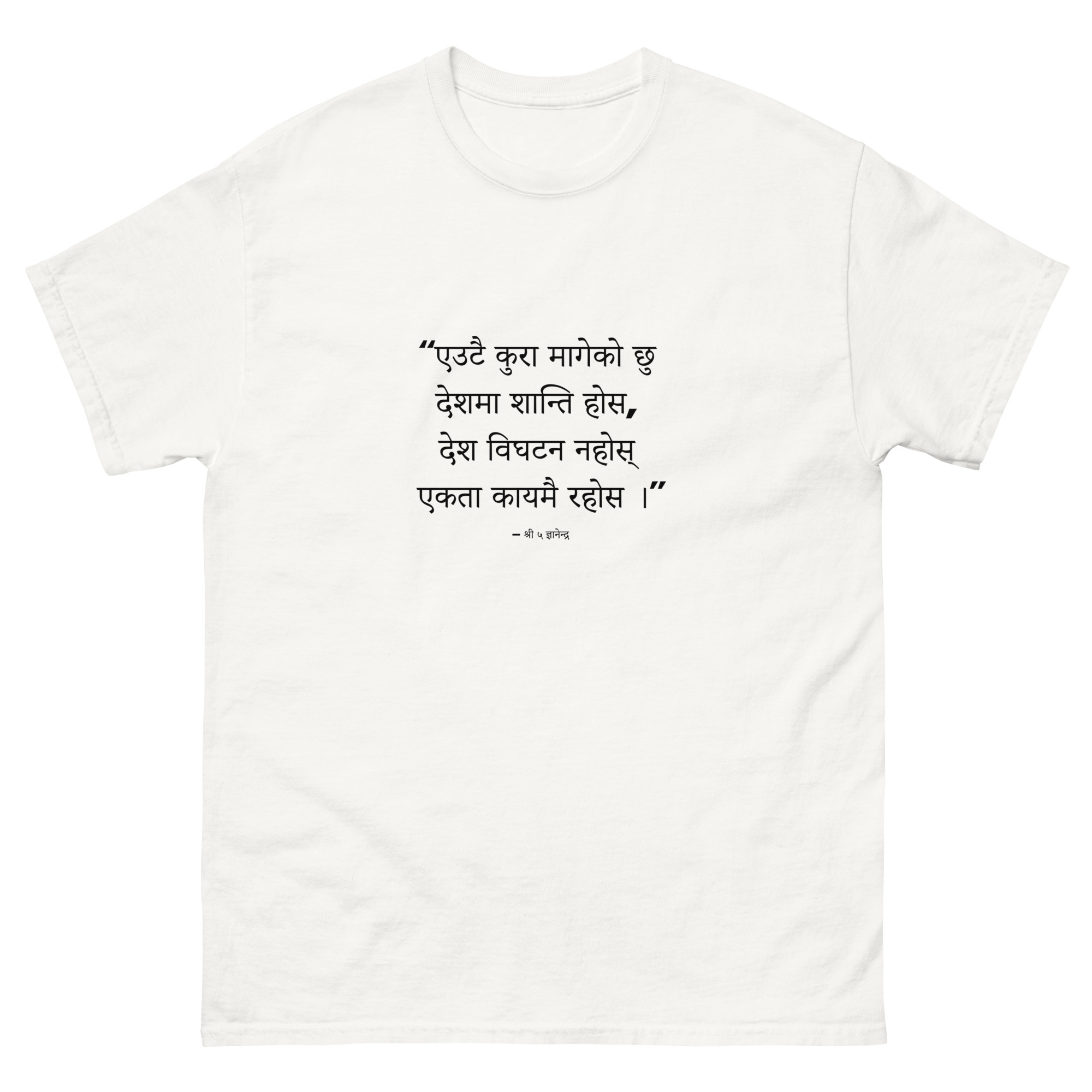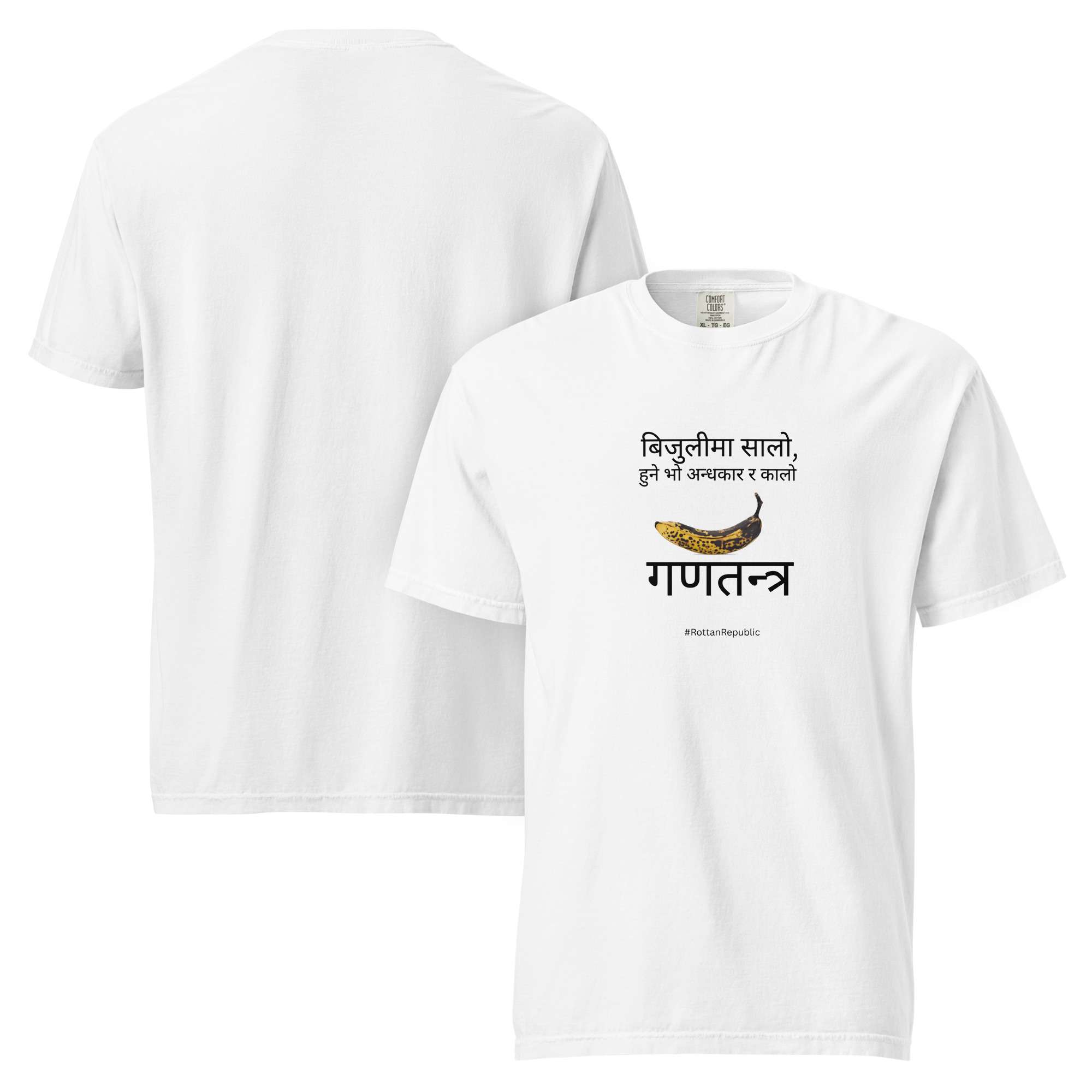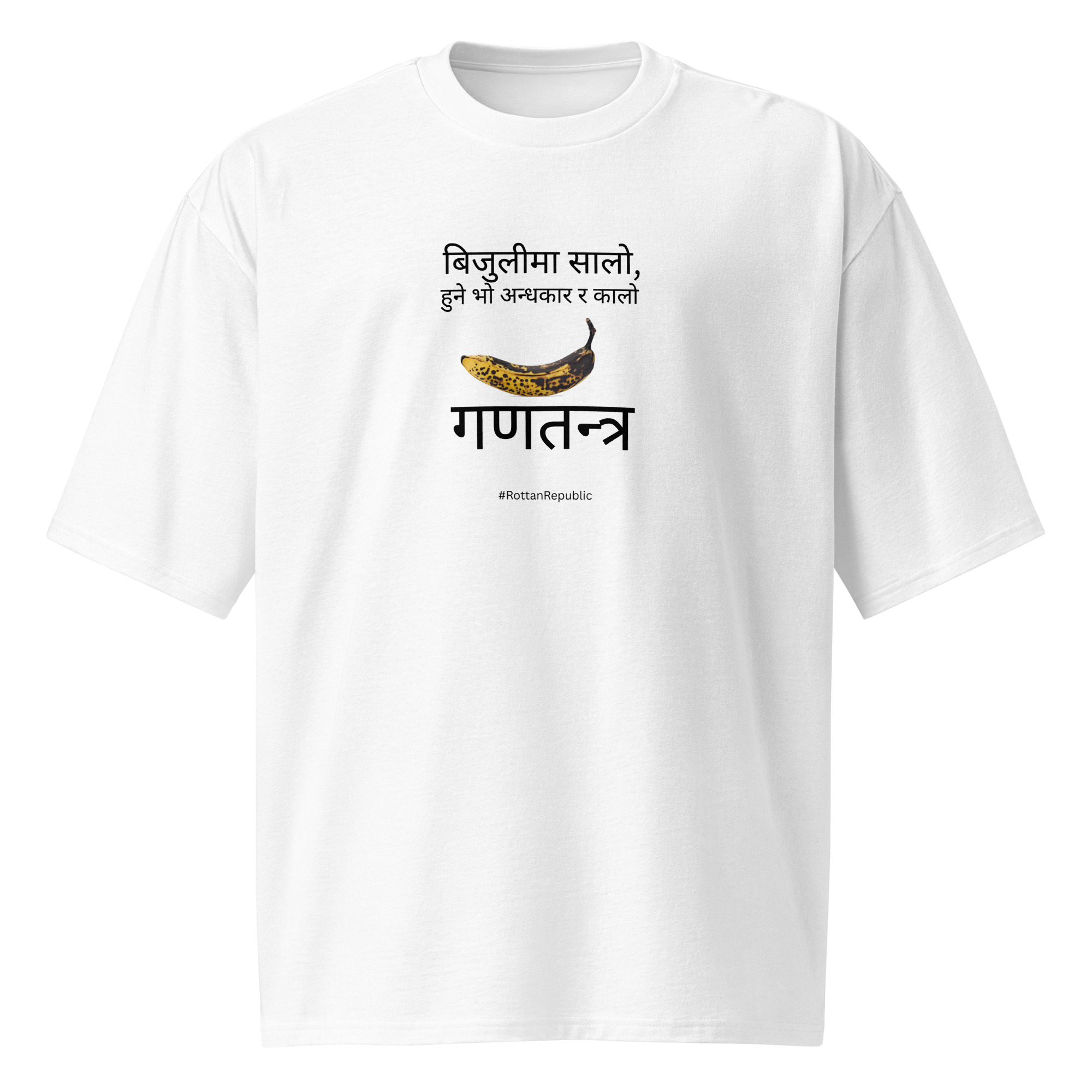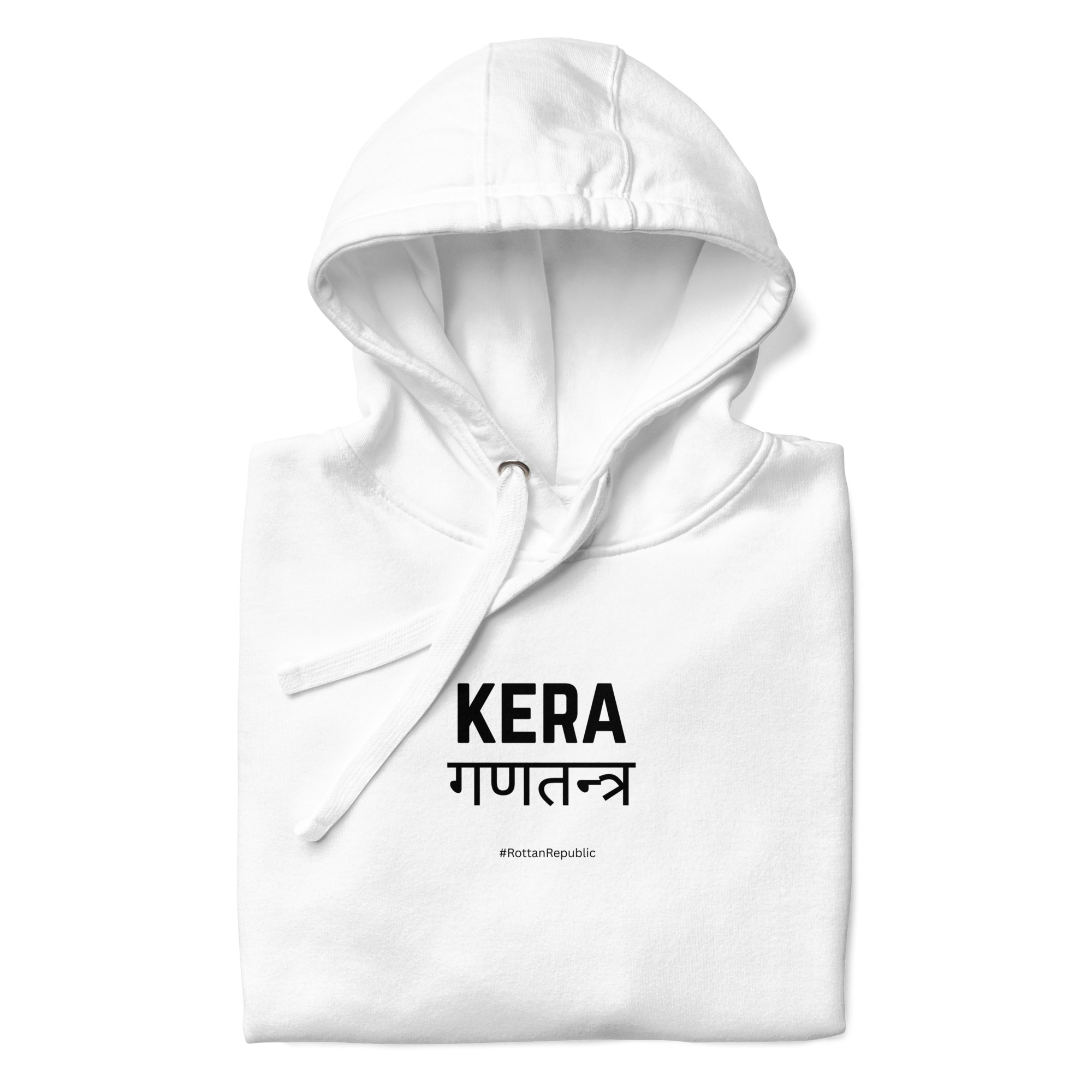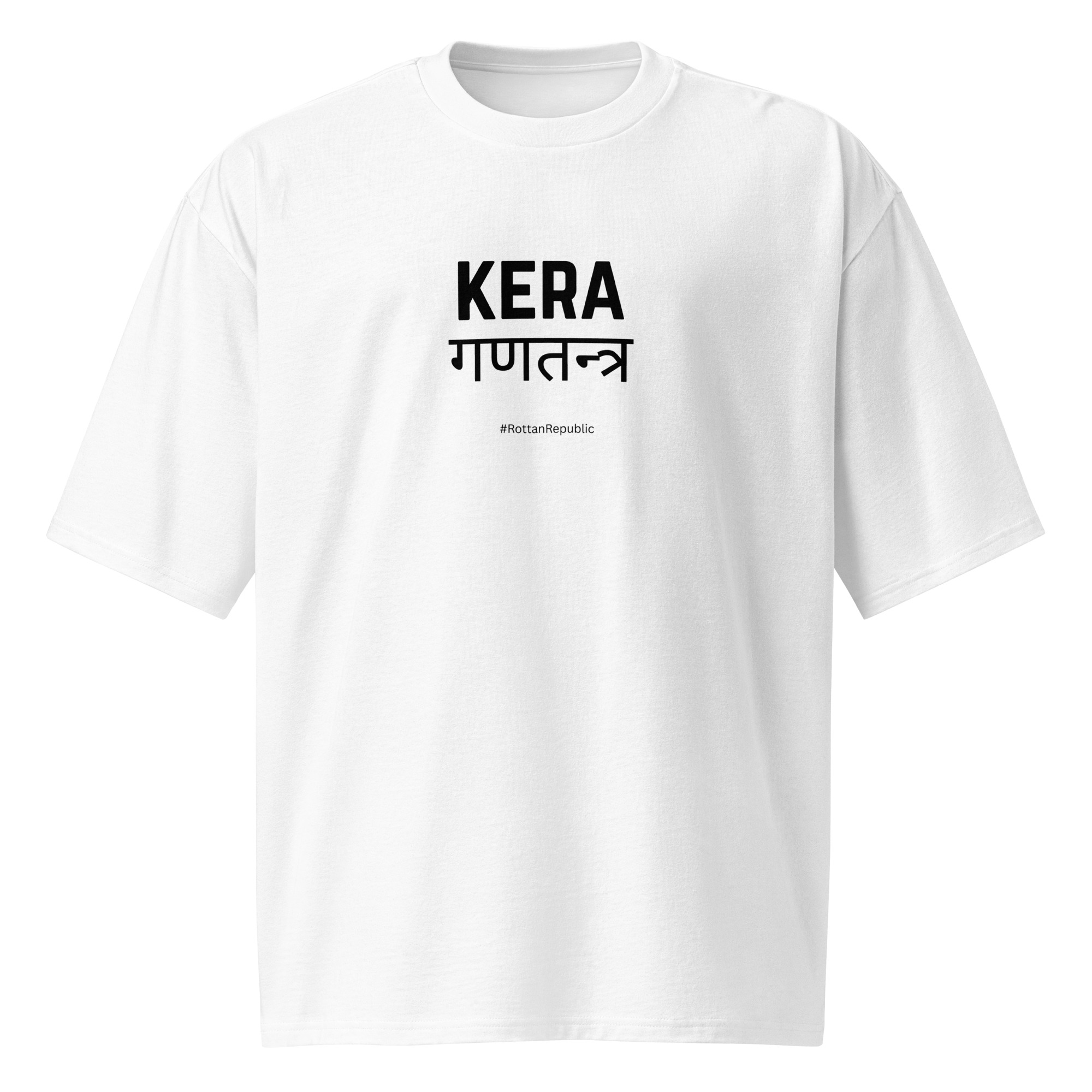Does Nepal need another reform?
WE ARE SMALL GROUP OF NEPALESE, BORN & RAISED IN NEPAL BUT LIVING ABROAD FOR EMPLOYMENT
YOU CAN JOIN WITH US OUR VERY FIRST POST CAST ON 19TH SATURDAY JULY 2025.
we have own history & victory
We are Proud, Resilient, Cultural rich, United & from Himalayan region.
Gurkha Army
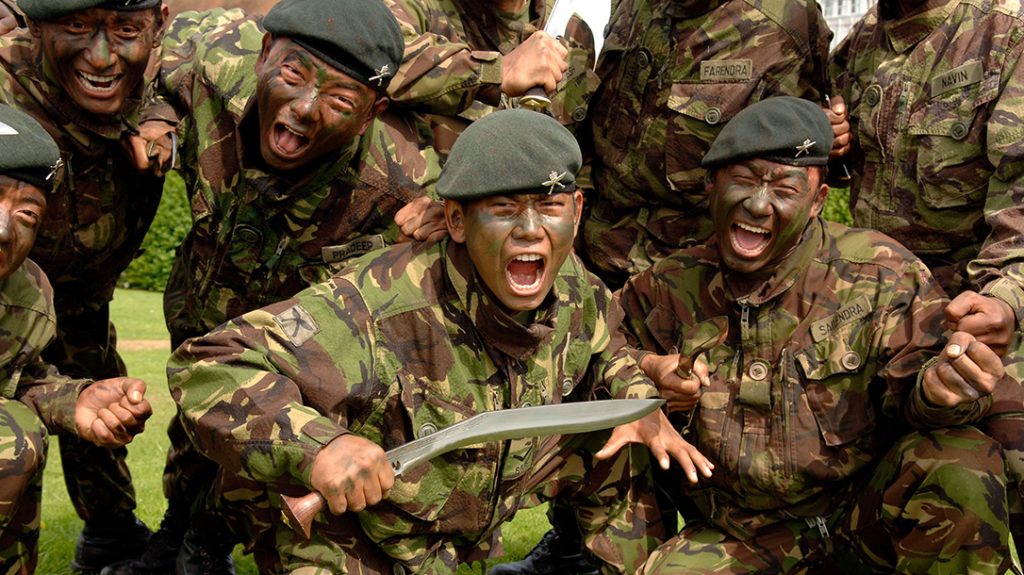
2ARF1H8 Members of the 1st battalion of Royal Gurkha rifles who are to be dispatched to Afghanistan in the Autumn, at their barracks in Folkestone, on the day the under secretary of state for defence Derek Twigg announced an increase in their pension benefits in 2007.
mount everest
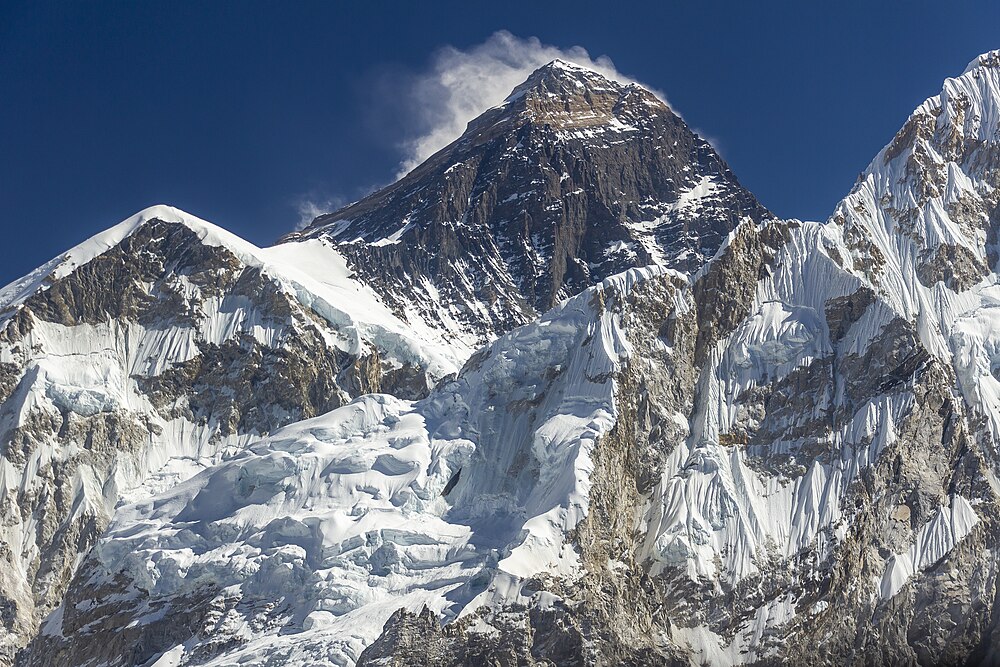
We carefully curate each item to combine style, quality, and uniqueness. Our products are designed to inspire and bring beauty to your everyday life.
landscape
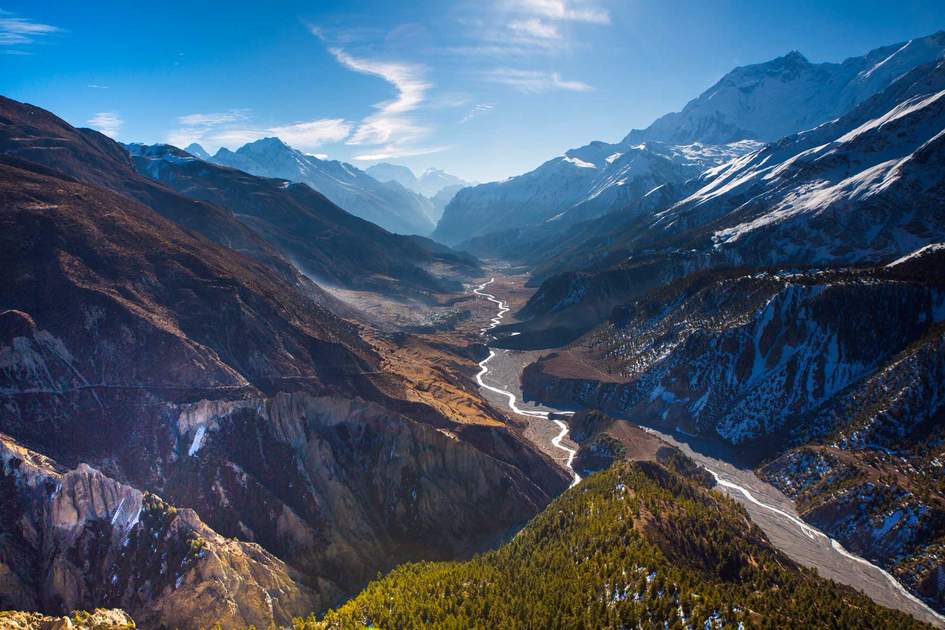
Your happiness is our priority. We stand by the quality of our products and services, guaranteeing an experience you’ll love every time.
few facts – recent research
We have collected some information about Nepal from various way to understanding whats going on.. view here how we collected information.
Geography & Nature
- Home to Mount Everest (Sagarmatha) – the world’s highest peak at 8,848.86 meters.
- Landlocked country – bordered by China (north) and India (east, south, west).
- Diverse terrain – from lowland Terai plains to mid-hills to the Himalayan mountains.
- Only country with a non-rectangular flag – it has two stacked triangles.
- Rich in biodiversity – includes tigers, rhinos, snow leopards, and red pandas.
Culture & Society
- Multilingual – over 120 languages spoken; Nepali is the official language.
- Multi-religious – Hinduism (majority), Buddhism, Islam, Christianity, Kirat.
- Birthplace of Lord Buddha – Lumbini is a UNESCO World Heritage Site.
- Dashain and Tihar – biggest national festivals celebrated across religions.
- No independence day – Nepal was never colonized by a foreign power.
Politics & Governance
- Home to Mount Everest (Sagarmatha) – the world’s highest peak at 8,848.86 meters.
- Landlocked country – bordered by China (north) and India (east, south, west).
- Diverse terrain – from lowland Terai plains to mid-hills to the Himalayan mountains.
- Only country with a non-rectangular flag – it has two stacked triangles.
- Rich in biodiversity – includes tigers, rhinos, snow leopards, and red pandas.
Economy & Development
- Multilingual – over 120 languages spoken; Nepali is the official language.
- Multi-religious – Hinduism (majority), Buddhism, Islam, Christianity, Kirat.
- Birthplace of Lord Buddha – Lumbini is a UNESCO World Heritage Site.
- Dashain and Tihar – biggest national festivals celebrated across religions.
- No independence day – Nepal was never colonized by a foreign power.
Geography & Nature
- Home to Mount Everest (Sagarmatha) – the world’s highest peak at 8,848.86 meters.
- Landlocked country – bordered by China (north) and India (east, south, west).
- Diverse terrain – from lowland Terai plains to mid-hills to the Himalayan mountains.
- Only country with a non-rectangular flag – it has two stacked triangles.
- Rich in biodiversity – includes tigers, rhinos, snow leopards, and red pandas.
Culture & Society
- Multilingual – over 120 languages spoken; Nepali is the official language.
- Multi-religious – Hinduism (majority), Buddhism, Islam, Christianity, Kirat.
- Birthplace of Lord Buddha – Lumbini is a UNESCO World Heritage Site.
- Dashain and Tihar – biggest national festivals celebrated across religions.
- No independence day – Nepal was never colonized by a foreign power.
Now, federal system
Now, Nepal, officially the Federal Democratic Republic of Nepal, is a landlocked country in South Asia. It is mainly situated in the Himalayas, but also includes parts of the Indo-Gangetic Plain.
used to, hindu kingdom
Before 2005, Nepal was navigating a complex political landscape characterized by a constitutional monarchy, a burgeoning Maoist insurgency, and a series of political crises. The 1990s saw the introduction of a multi-party democracy following a popular movement, but this was constantly challenged by political instability and the escalating Maoist conflict. The 2001 royal massacre, which claimed the lives of King Birendra and other royals, further destabilized the monarchy and ultimately led to King Gyanendra assuming direct rule in 2005. Our argument is here
